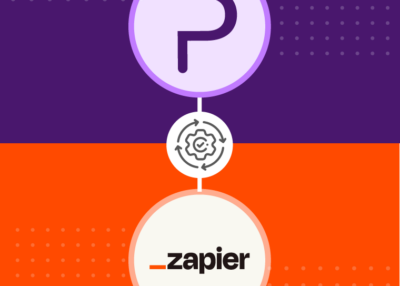How to Use Audience Research to Create Engaging Video Content
Video content gives you an excellent opportunity to get your message across in a way that gets the most out of your communication strategy. It makes it easier to reach out to prospects, generate pre-event buzz, and share every essential piece of information in a way that’s both original and interesting!
BUT…
For your promotional videos to be relevant and spark the interest you are after, you need to put a strategy in place that makes sense in terms of the people you want to appeal to! Built around those you are trying to connect with - your target audience.
And for that, you need to know them.
To help with that, we are breaking down the tools that most experienced video companies use to take on the tricky task of audience research and segmentation; so you can use them to get the same success!
Let’s go!

Key tools to successfully researching an audience
Having a deep understanding of the type of people you want to cater to - interests, needs, likes, dislikes, etc. - is going to help you figure out how to best approach your content creation.
Whether that means learning the styles of content they find more appealing, the music genres they prefer, or the social media platforms they use the most, is going to vary according to your specific needs.
But the more you get to know your audience (and tailor your videos around that intel), the more effective they are going to be.
Here are a few tools you can use to make that process easier.
Social media listening tools
Have you ever thought: “If only I could exactly know how people feel about my brand”?
Well you can - with social media listening tools! Basically, these give you access to people’s digital conversations across the web. Allowing you to track your brand’s social media popularity and gauge its overall online presence.
There are many companies that provide this service, such as Buffer, Awario, and Mention, to name just a few. And using them is pretty simple - all you must do is set up specific keywords so that the platform can follow all the conversations generated around them.
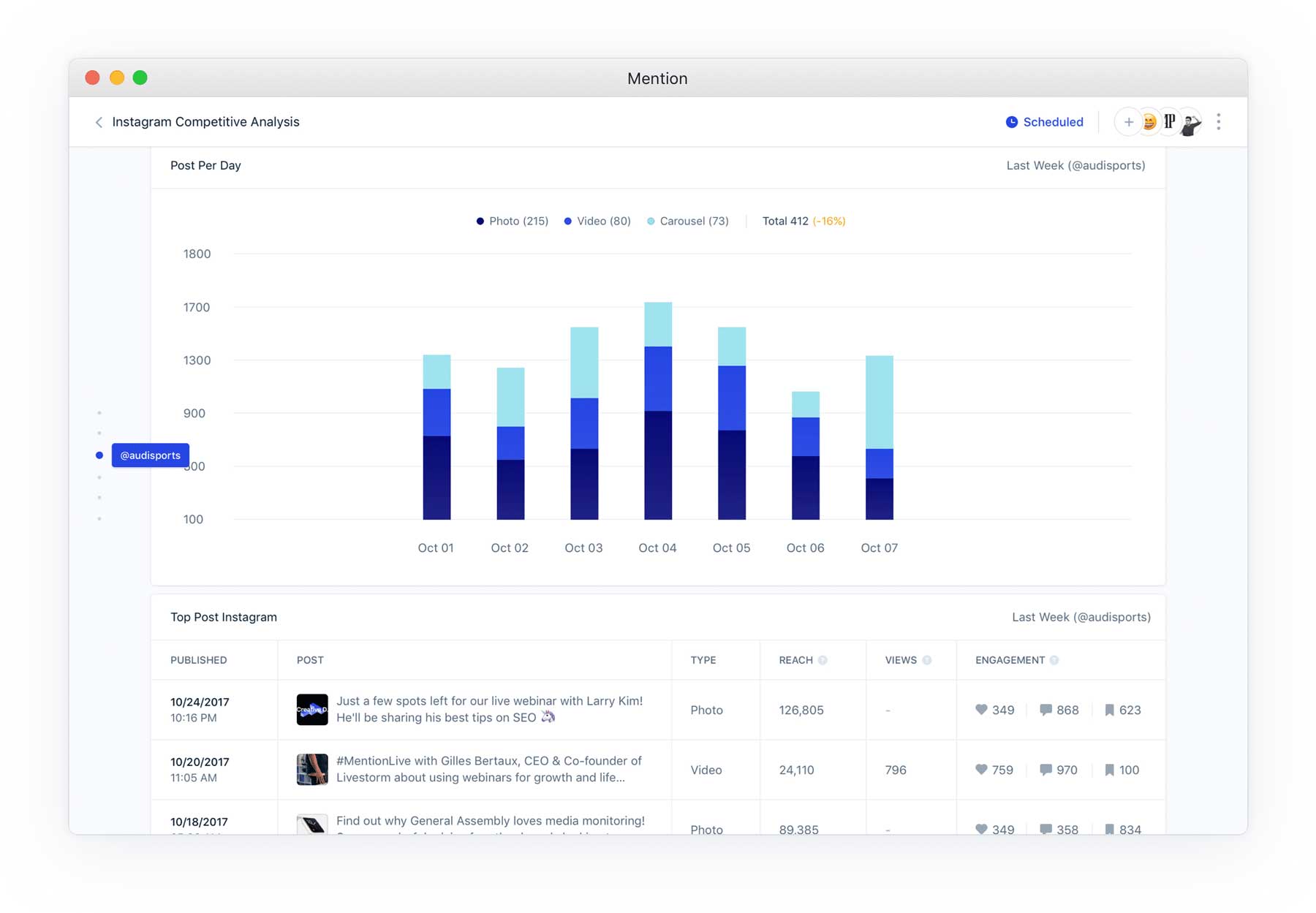 For example, you can track your brand’s name, website URL, people relevant to your company, your products, and even your competitors.
For example, you can track your brand’s name, website URL, people relevant to your company, your products, and even your competitors.
That way, you’ll know what your audience is saying about you or your products, and how they’re reacting to your content. Data that can help you create more personalized videos and make better, more accurate decisions in your strategy.
Clients-specific questionnaires
Sometimes, to get in-depth, authentic answers, you need to go straight to the source. And that’s what clients’ questionnaires are for: asking customers directly (but nicely) what they like and, most importantly, what they expect from your company.
When using questionnaires, remember that these are people that have firsthand experienced with your brand, product, or service. So, make the most out of the opportunity and develop a solid, well-structured list of questions. One that provides rich information about your clients’ needs, perceptions, likes, and dislikes.
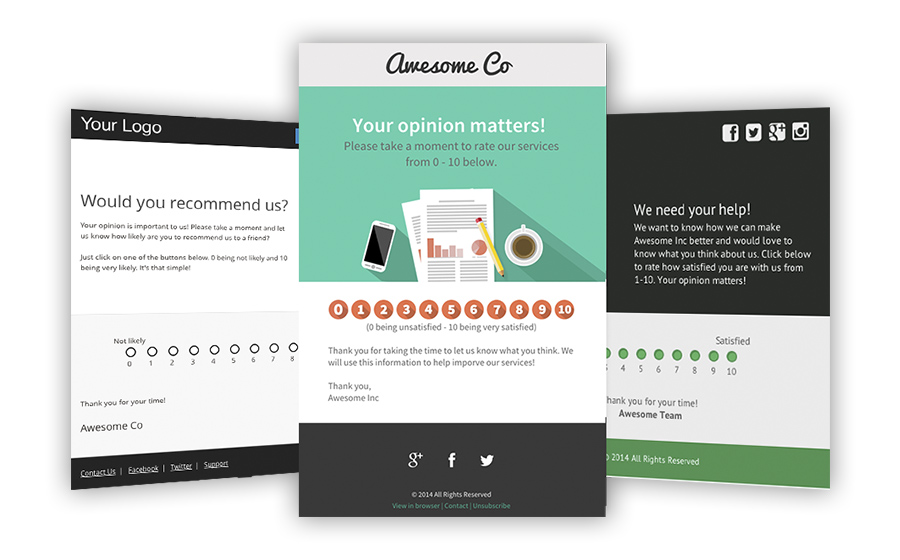
How do you go about that? Foremost, don’t make it too long or dull - remember that people online have short attention spans! Focus on keeping them interested and well predisposed to reveal valuable insights.
You can start by asking general, kind of loose questions to make the experience more entertaining. Then, right by the end, have them write more personal thoughts on your brand, such as what they like the most about your company or what they’d change about your social media content.
Pro Tip: Like any other piece of communication from your company, your clients’ questionnaire should use a language that matches your brand’s identity, words, terms, and general tone familiar to your audience.
Google Analytics
For audience research, few tools can compete with Google Analytics. In a nutshell, this software helps businesses thoroughly analyze audiences’ behavior on their website.
From demographic information and location to the number of visitors you get, session duration, and traffic sources, Google Analytics provides super detailed reports and metrics. All of them with valuable information that can guide you towards developing content that’s more relevant to your audience’s interests and needs.
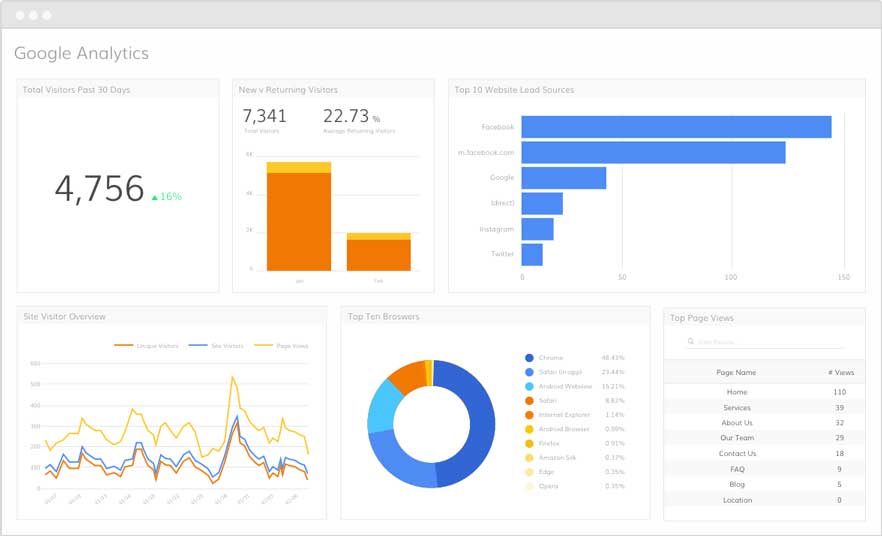
Say the last month you hosted an event to promote a new product, and you designed a landing page to centralize every piece of important information related to it - date, time, guests, registration form, and an explainer video that illustrates how your services work.
With Google Analytics, you can get a holistic view of your campaign effectiveness. Using those reports and metrics to adjust what could’ve worked better and maintain all the elements that engaged your audience!
General surveys
Similar to clients-specific questionnaires, general surveys are designed to get information directly from a more general pool of potential audience members.
However, as the name indicates, these should have broader, less demanding questions because they’re aimed at general audiences, not your clients. So, participants probably have limited knowledge about your brand and aren’t that engaged with your content or what you have to say to them.
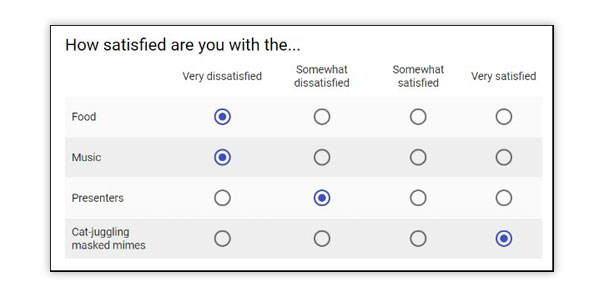 One caveat here is that the broader the survey, the more prone to the data being misleading or misinterpreted! So, take your time to compile your survey’s results in ways useful to you, treating them as guidelines, not gospel.
One caveat here is that the broader the survey, the more prone to the data being misleading or misinterpreted! So, take your time to compile your survey’s results in ways useful to you, treating them as guidelines, not gospel.
On a similar note, such surveys should be short, clear, and only include easy to answer questions. Such as close-ended, rating, yes/no questions, or any other type that can be quickly analyzed for quantitative data.
Sweepstakes
Sweepstakes are a solid resource that many growing businesses are using - mostly in social media - to expand their reach, get more followers, and boost their overall online presence.
And it makes sense - for people online, there’s nothing more appealing than having the chance of winning a desirable and exciting prize by filling out a form, right?
What many marketers and business owners don’t know is that sweepstakes hide another significant benefit. If you’re strategic about it, you can leverage these contests to build a solid database for your next marketing strategy.
By planning ahead, you can include simple but useful questions that will help you collect very valuable information about your prospects - full name, age, email address, phone number, zip code, home address, and so on.
And just like that, you’ve expanded your subscribers database!
Pro Tip: Make sure the winning prize is enticing but matches your target audience and business as well. The idea is to collect quality leads - that is, contact information from prospects that you want to target people that’s ultimately bound to be interested in your brand.
The Takeaway
It doesn’t matter how beautifully designed and well-written your video is - If it doesn’t speak directly to your audience, it won’t engage them. As simple as that.
Understanding an audience doesn’t happen overnight, though. It takes time - and a whole lot of analysis - to fully get who they are, which are their preferences, likes, dislikes, and needs.
Luckily, there are plenty of tools and methods you can start implementing to learn all about your audience and help you create more targeted and resonating video content - which will benefit your overall marketing approach!
So, if you’re planning to leverage the power of video to promote your next events, keep these audience research tools close to you. They will help discover all you need to know about the people you want to connect with!
Author: Victor Blasco
Victor Blasco is an audiovisual designer, video marketing expert, and founder/CEO of the explainer video production company Yum Yum Videos. Besides running the business, he’s a lifelong student of Chinese philosophy and a passionate geek for all things sci-fi.





